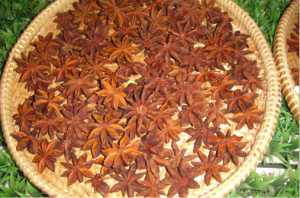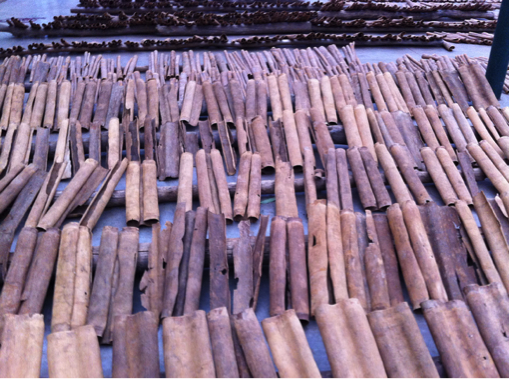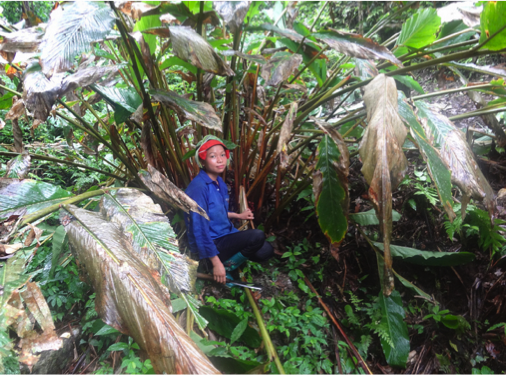With raw bark exports topping 25,000 tons per year, Vietnam is the world’s third largest producer of cassia cinnamon. More than 100,000 farmers, traders, processors, and sellers depend on the country’s cinnamon trade, and there are currently over 50,000 hectares of land under cassia cultivation. Vietnam’s cassia market is immense, but it is also characterized by cutthroat competition, limited end markets, and undifferentiated demand regarding quality of production and processing. Consequently, producers have adopted unsustainable agricultural practices to intensify productivity, selling their harvest at low and volatile prices to a few buyers with overwhelming market power – China purchases about 95% of Vietnam’s cassia essential oil. Alas, trade in cassia cinnamon is not an exception and rather epitomizes the current condition of spice markets in northern Vietnam. This unfortunate state of affairs has motivated the Netherlands Development Organization (SNV), with support from the Swiss Agency for Development and Cooperation (SDC), to create the “Spice of Life” project, an ambitious initiative aimed at strengthening and ensuring sustainability in the country’s spice sector, particularly in markets for cardamom, star anise, and cassia cinnamon.

The Spice of Life project is part of SDC’s MARP program, which enables organizations to work along the different steps of an agricultural product’s value chain to guarantee sustainable practices and benefit sharing. In the case of the Spice of Life project, this approach involves cooperation among SNV, provincial and local officials, women’s and farmers’ unions, different spice associations, and several trading and spice processing companies in four provinces in the northern mountainous region of Vietnam (Lao Cai, Ha Giang, Yen Bai, and Lang Son). The project targets 12,000 households, 90% of which belong to ethnic minority groups. SNV expects 9,000 of these spice-producing smallholders to increase their income derived from spice collection by at least 10%, to improve companies’ collection and sourcing practices, and to develop supportive policies at the local and regional level that warrant the spice sector’s sustainable development. By increasing producers’ bargaining power and guaranteeing more sustainable production practices, the Spice of Life project has the potential of rechanneling the Vietnamese spice trade towards higher-end markets while stimulating the region’s economy, respecting its ecology, and conserving its ancient cultural heritage.

If you are interested in learning more about cassia collection in Lao Cai and Yen Bai, check out Paul Zetter’s film for the Spice of Life project. If SDC’s MARP initiative intrigues you, check out Helvetas Swiss Intercooperation’s project to strengthen shan tea value chains in northern Vietnam!
By David Beron – Canopy Bridge


